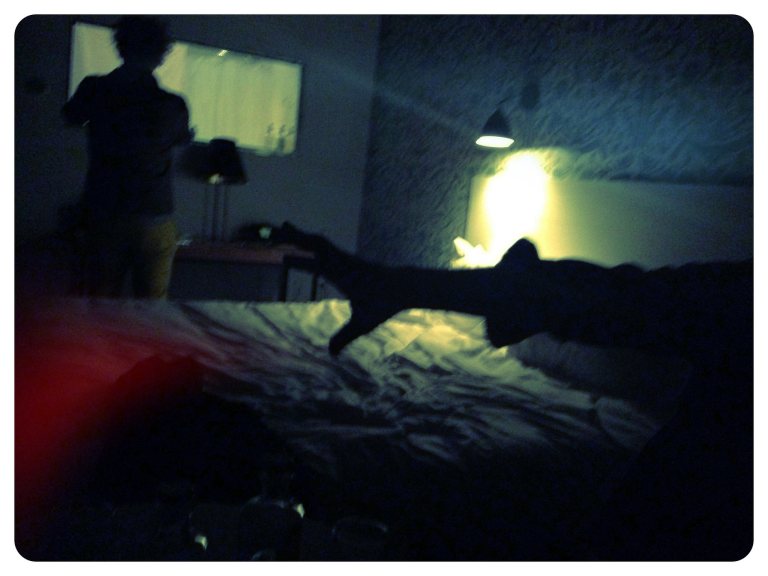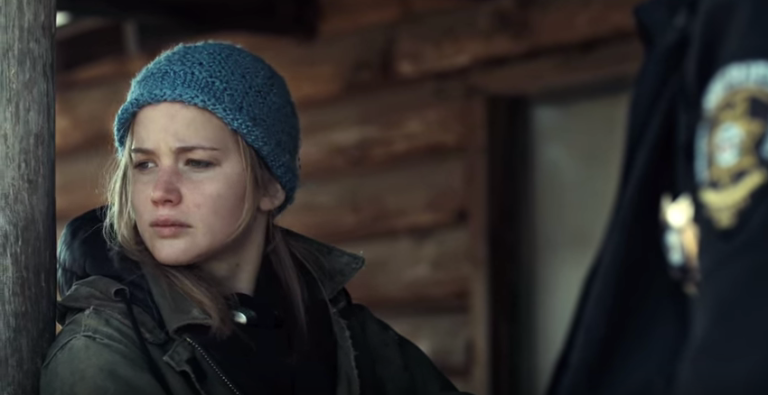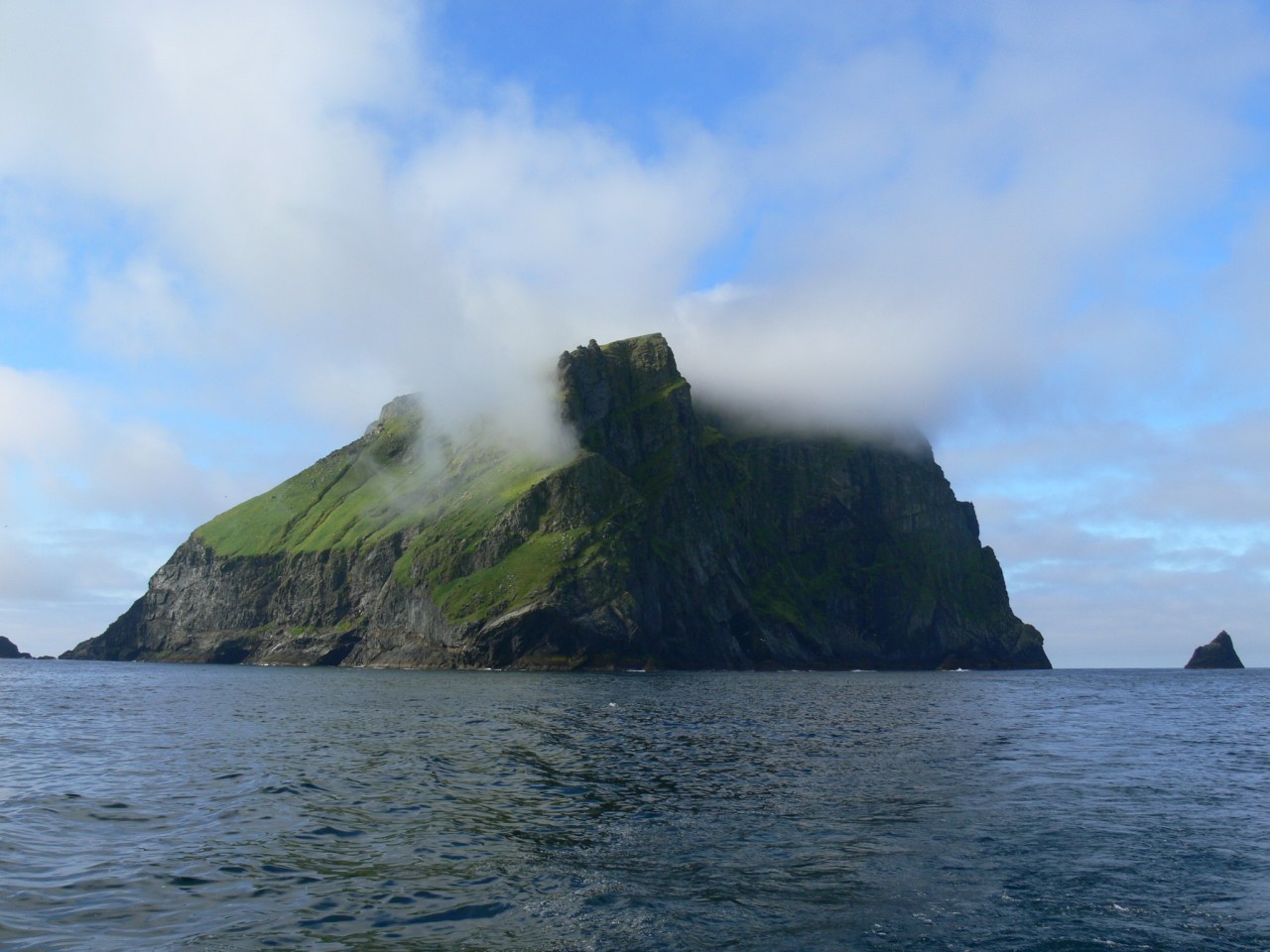
17 Abandoned Places Around The World That You Probably Didn’t Know About
Abandoned cities — even buildings — capture our imagination. From their history to their current dilapidated state, they never fail to invoke the curiosity within us.
By ![]() Michael Koh
Michael Koh
1. Kolmanskop, Namibia
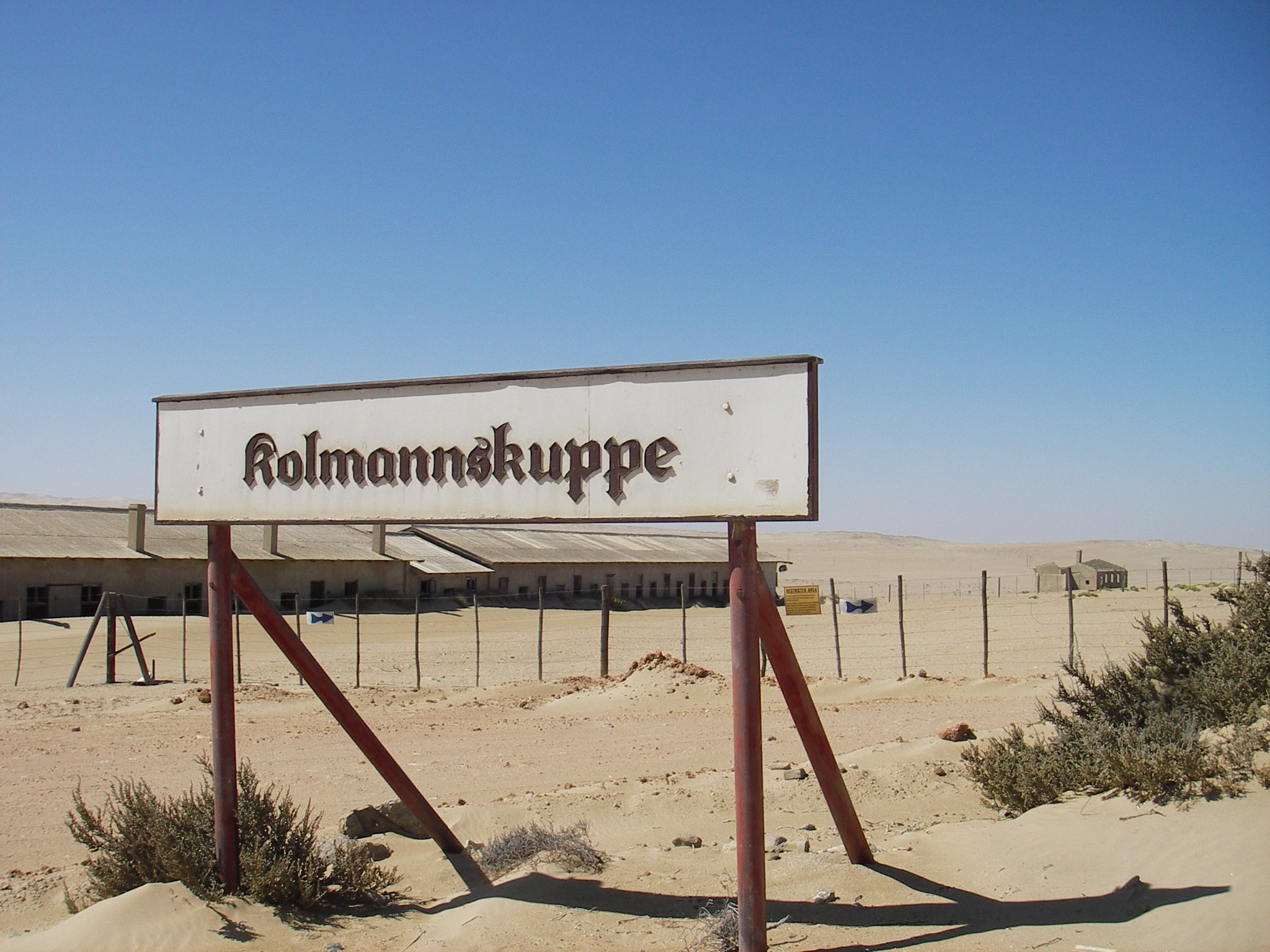
German miners settled on this desolate place after finding that the area was rich in diamonds. After WWI, the diamonds were on the verge of depletion and the residents left one by one, until the town was completely abandoned in 1954.
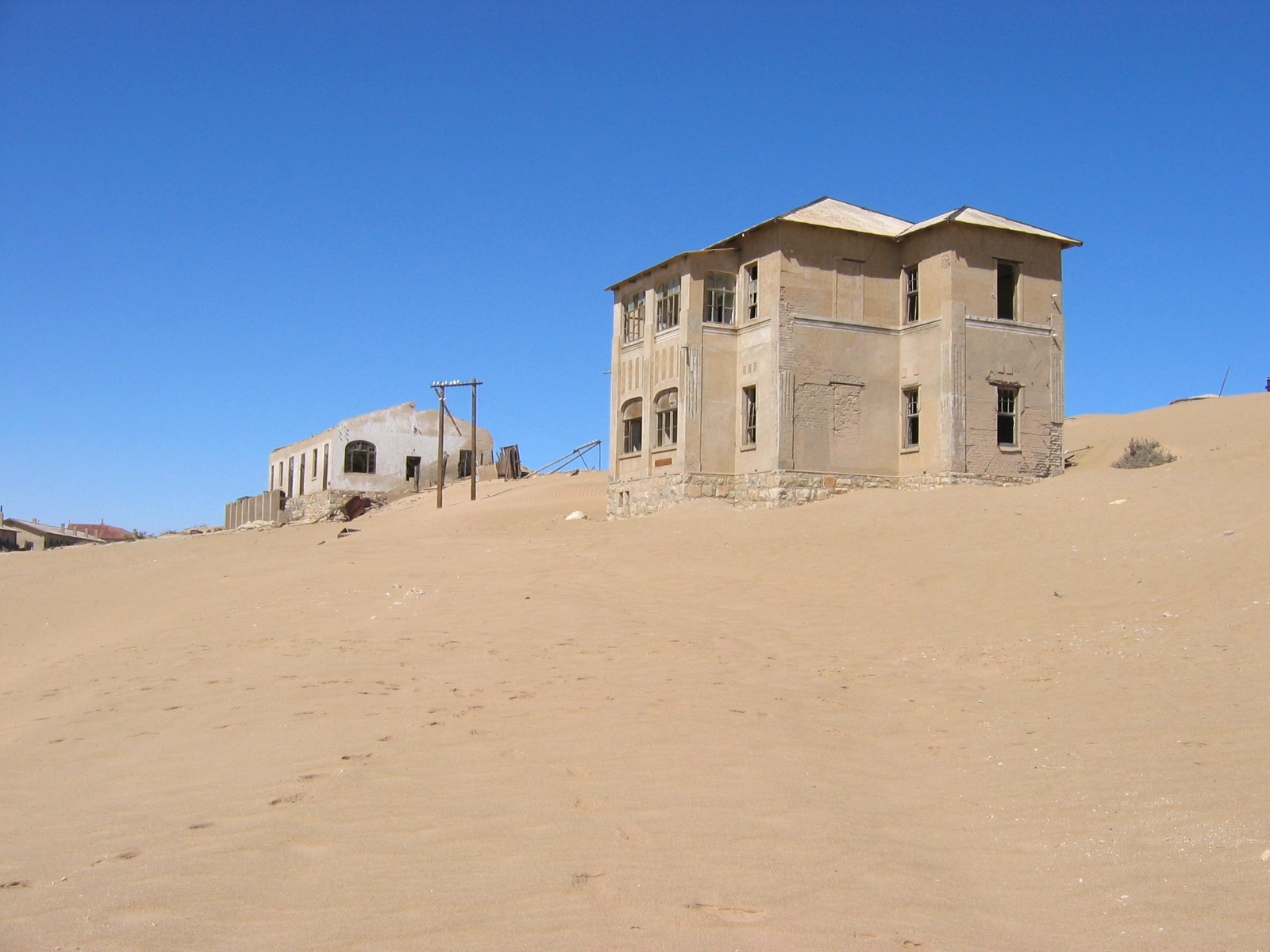
Destination Truth had a “ghost hunt” and heard some eerie things in Kolmanskop.
The town is now bathed with sand, with the grit filling up the first floor of some buildings. Tourists supposedly have to wade knee-deep through sand to take in the majestic ghost town that is Kolmanskop.
2. Humberstone, Chile
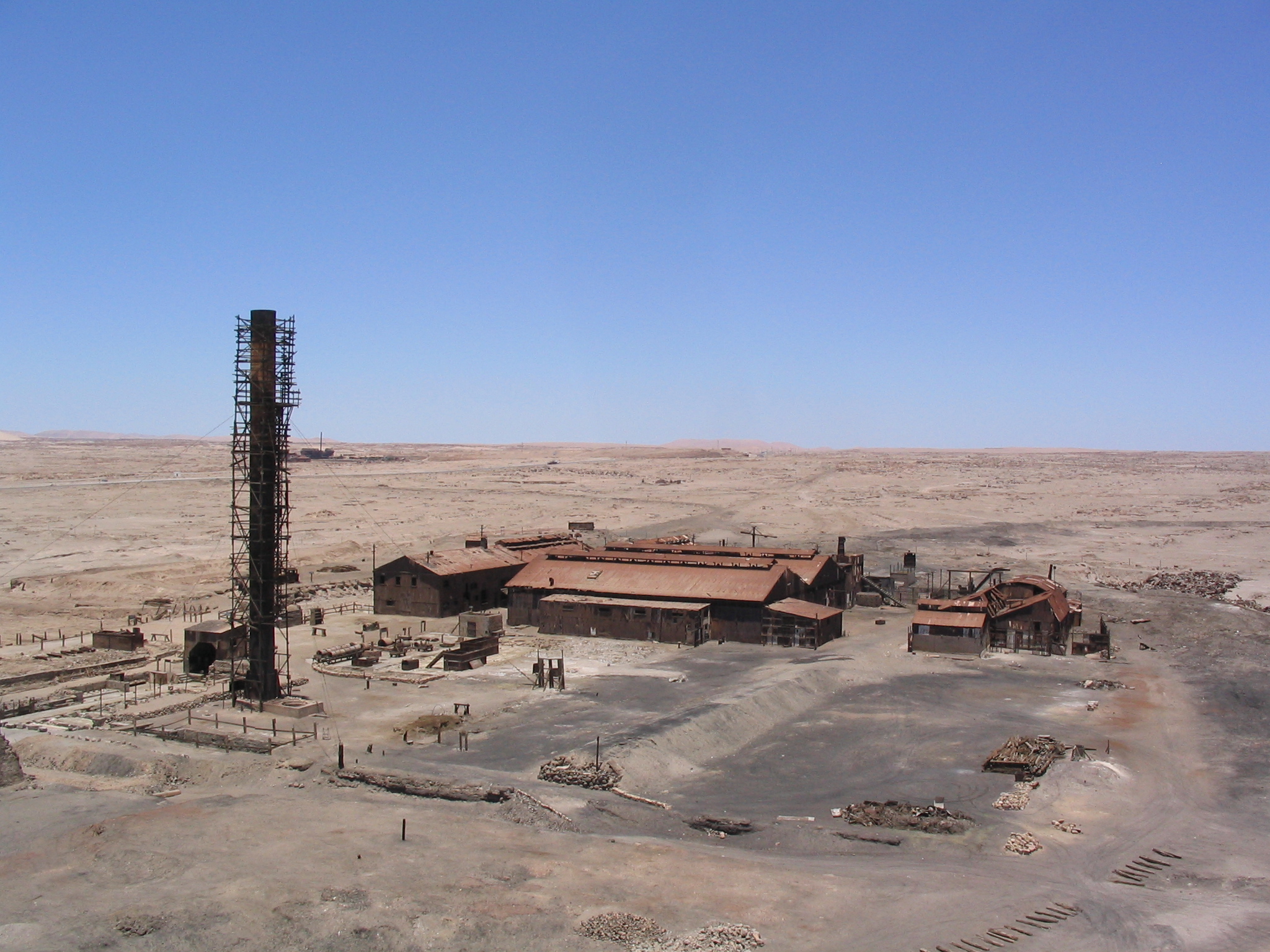
Humberstone used to be a saltpeter refinery in northern Chile — it has since been designated a UNESCO World Heritage site.
The closest city is located 48 kilometers (or roughly 30 miles) west of Humberstone. It was ultimately abandoned in 1960 after its parent company, COSATAN disappeared through bankruptcy.
3. Hashima Island, Japan
Also known as Battleship Island, Hashima Island is approximately 9 kilometers (roughly 5.6 miles) off the coast of Nagasaki.
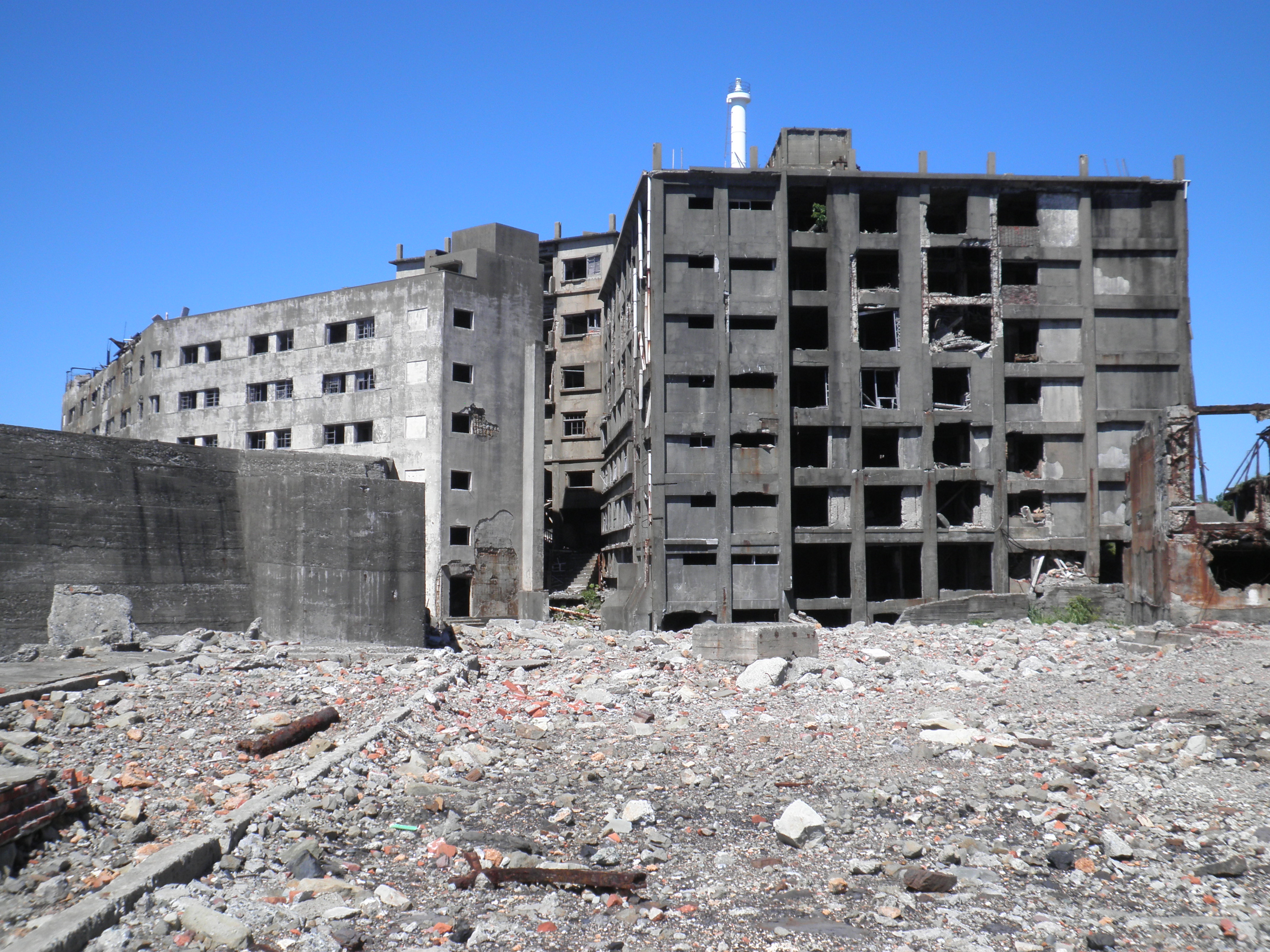
The island was developed to mine coal and was bought by Mitsubishi in 1890. By 1959, the island’s population had ballooned to an incredible 5,259 residents. By the 60s, Japan phased out coal in favor of petroleum.
Hashima Island was completely left abandoned 1974 — after Mitsubishi formally closed the mines.
And it was just in 2009 that the island was reopened for tourism.
4. Centralia, Pennsylvania, USA
There are so many ghost towns in Pennsylvania that there is a separate Wikipedia page just dedicated to them.
But Centralia takes the cake from the list. A mine caught fire in 1962 — how it started is still in dispute today — and it has been burning underneath the town ever since.
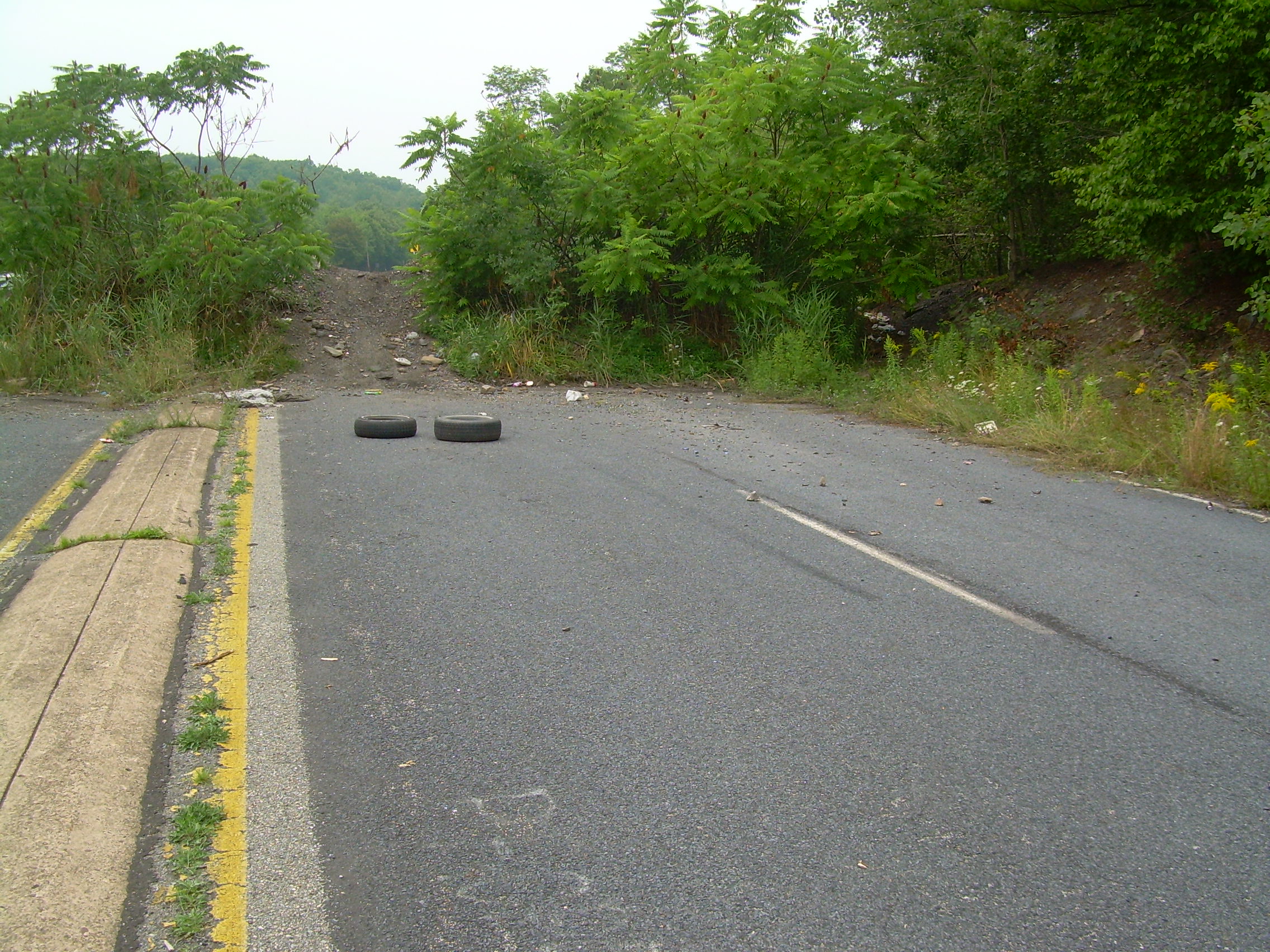
In 1979, a gas station attendant realized that the fuel tanks were hot (172ªF), which alerted the locals as well as the county. In 1981, Centralia made the news again with a 12-year-old boy falling into a sinkhole caused by the fires underneath the earth. He was saved by his cousin, and the air that billowed out from the sinkhole was said to be concentrated carbon monoxide.
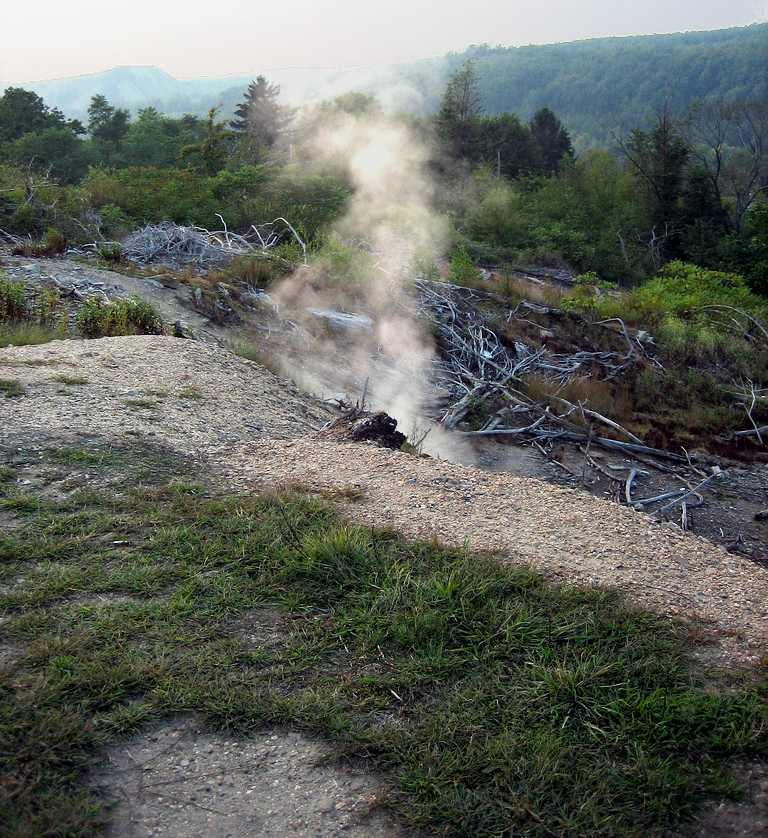
One account has it that a dump site was set on fire and was not extinguished properly, where an exposed opening in the pit entered the mine underneath the town, causing a chain reaction.
5. Sanzhi District, New Taipei, Taiwan
Futuristic pod-style houses were built in Taiwan to resemble Futuro houses, but the project came to a screeching halt in 1980 — just two years after breaking ground for construction — because the company behind the project had lost their investment.
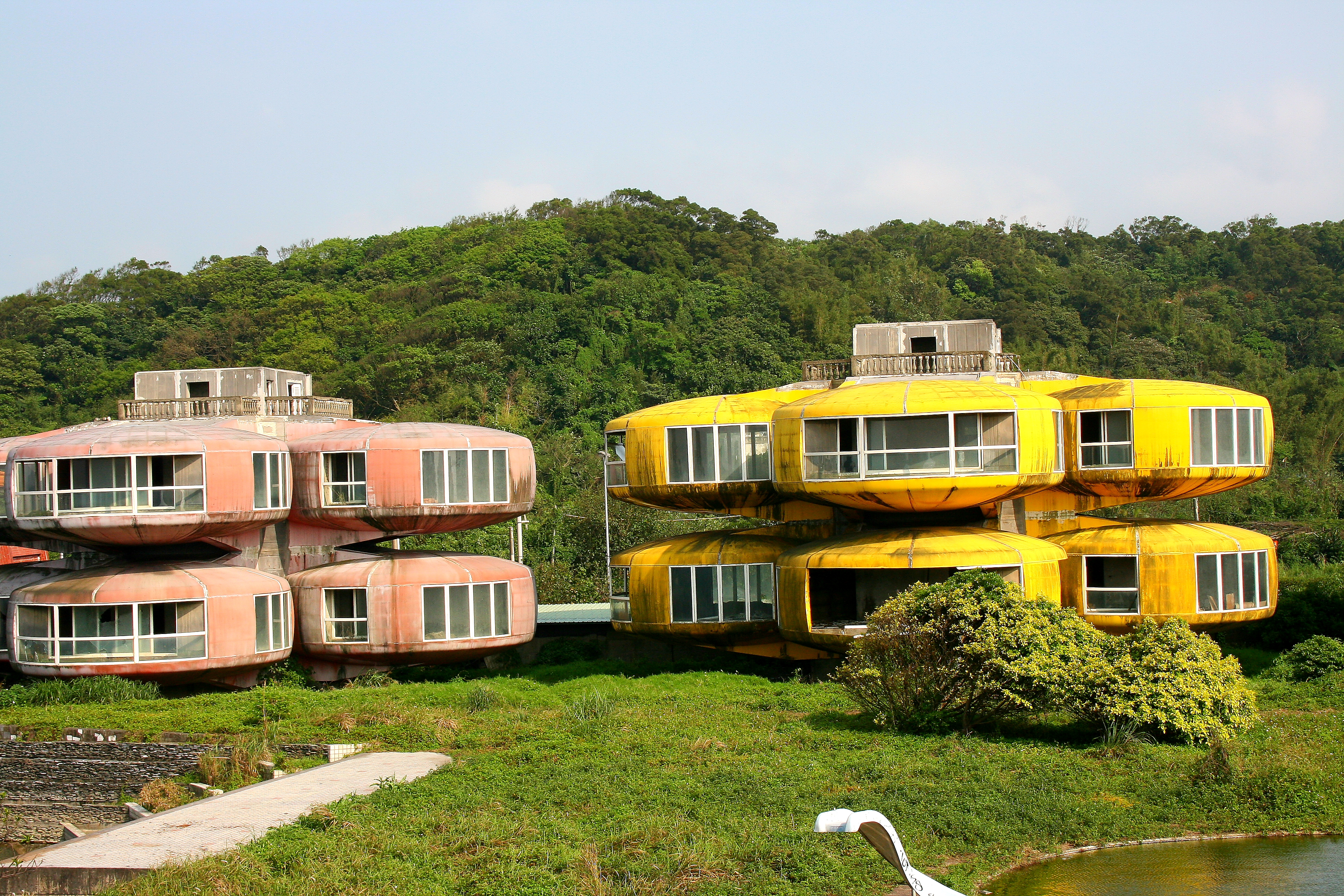
Reasons why the investments dried up ranges from theories that say the ground was a cemetery for Dutch soldiers, to blaming the series of odd car accidents that killed workers due to cutting the Chinese dragon that had been located near the resort gates.
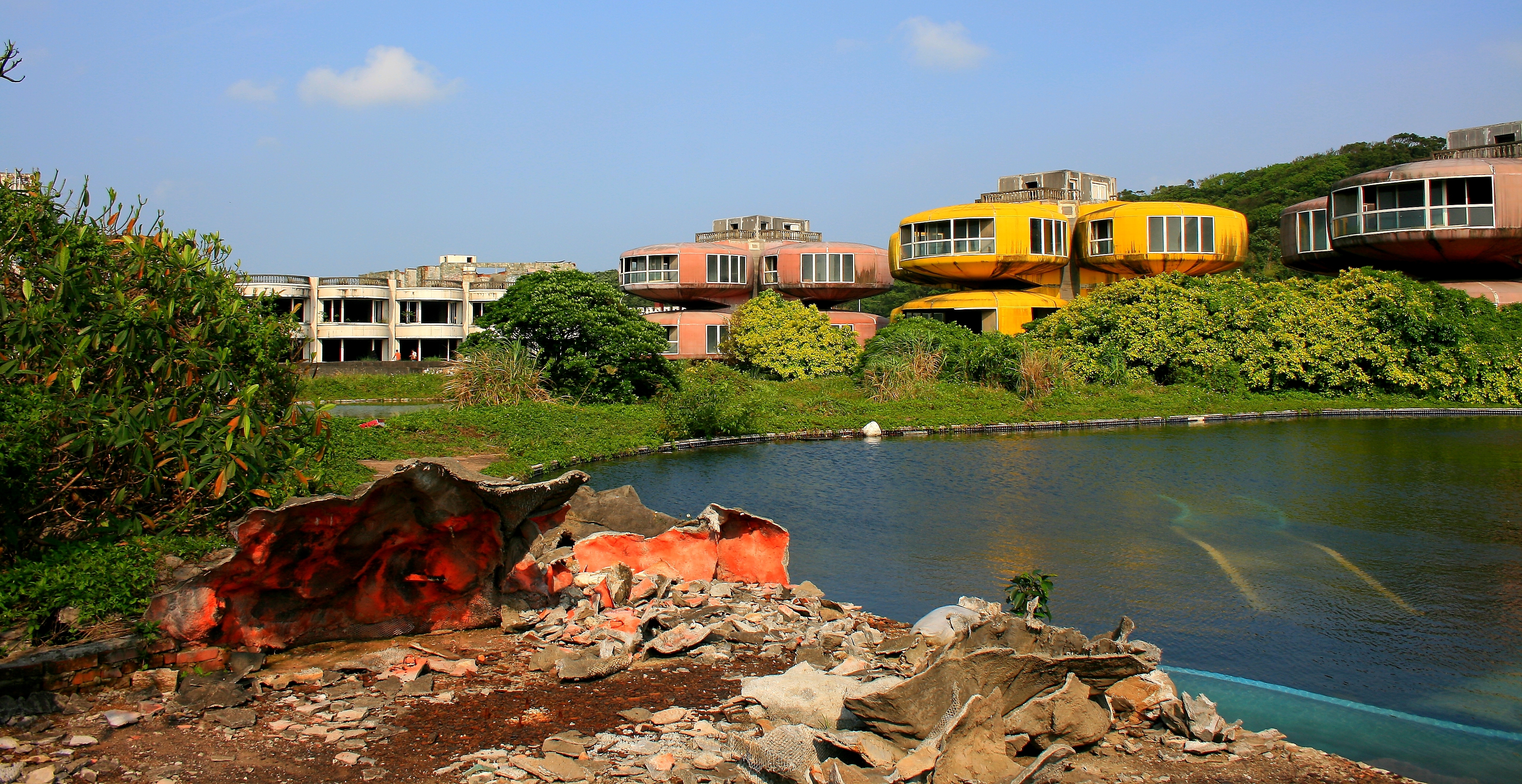
No one wanted to live in UFO-shaped houses anyway.
6. Craco, Basilicata, Italy
Craco is a medieval village in Italy that has been left for nature to creep back in — well — abandoned, actually, because of nature.
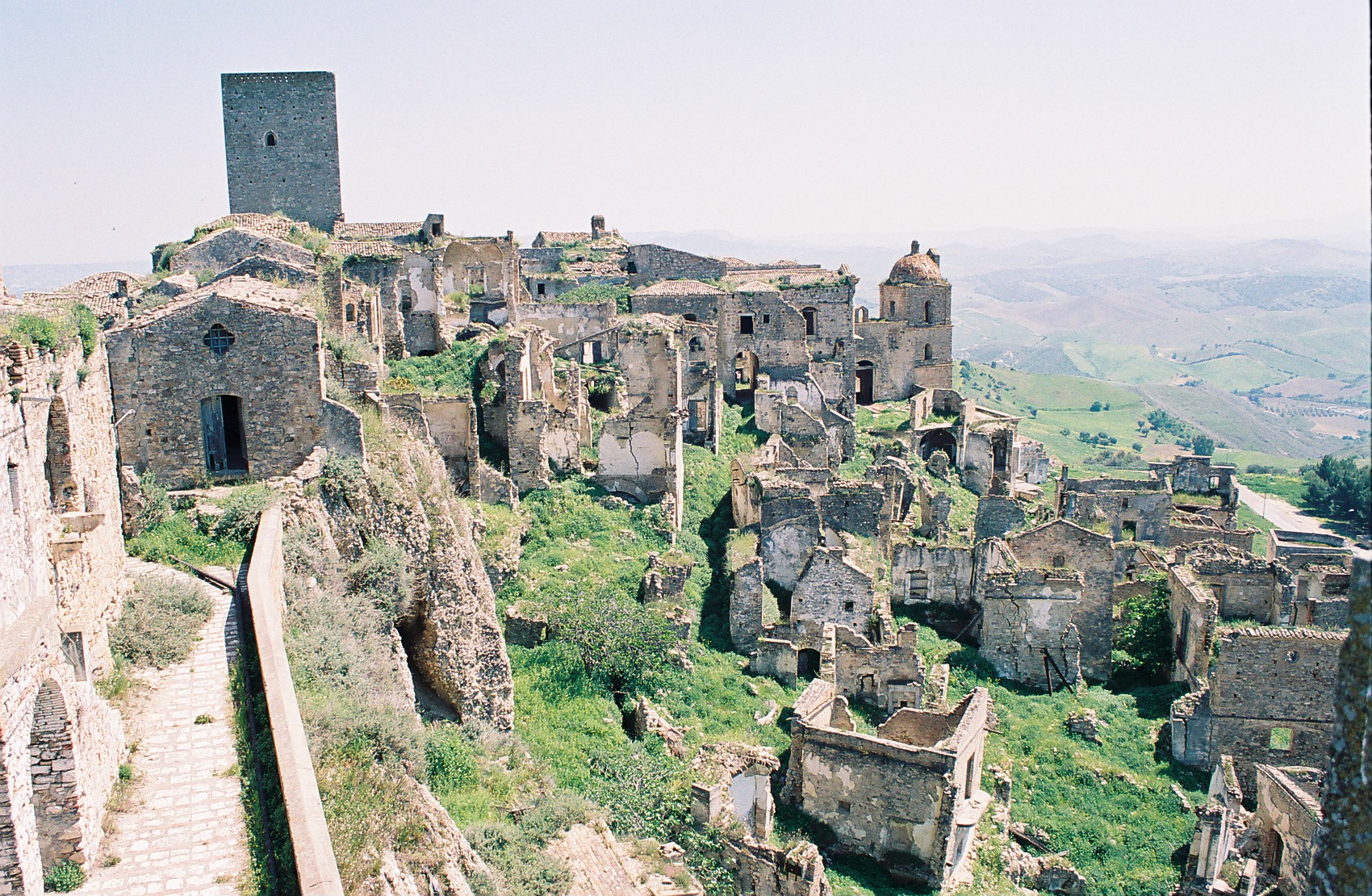
It was first inhabited by the Greeks in 540 AD. From then until 1959, the town saw an average 1,500 inhabitants living in its grounds. However, from then on, until about 1972, landslides due to earthquakes damaged much of the structures in Craco.
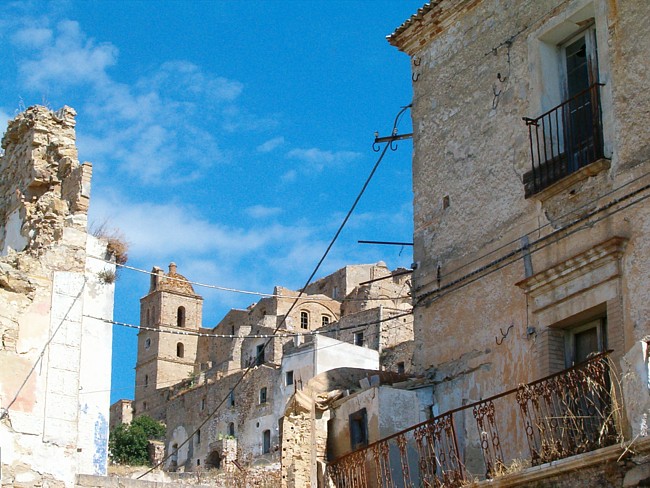
All 1,800 residents packed their bags and left Craco in 1963. Interestingly, some movies have been filmed in Craco, most notably The Passion Of The Christ and Quantum Of Solace.
7. Oradour-sur-Glane, Limousin, France
Oradour-sur-Glane is a commune in west-central France. In June, 1944, a Nazi Panzer division (2nd SS) was informed by the paratrooper division of the Vichy regime that Oradour-sur-Vayres held a Waffen-SS officer.

Little did the Nazis know that Oradour-sur-Vayres was 40 kilometers (roughly 25 miles) northeast of Oradour-sur-Glane. They mistook the town for where the officer was held and ordered all of the townspeople out. Women and children were locked in the local church and the men were led to barns where they were shot in the legs with machine guns. Once the men were unable to move, the Nazis set fire to the barn. At the church, the soldiers placed a napalm-like bomb on to the church, setting it on fire. The women and children ran out, only to be met by a barrage of bullets. 642 residents were murdered within a matter of hours.
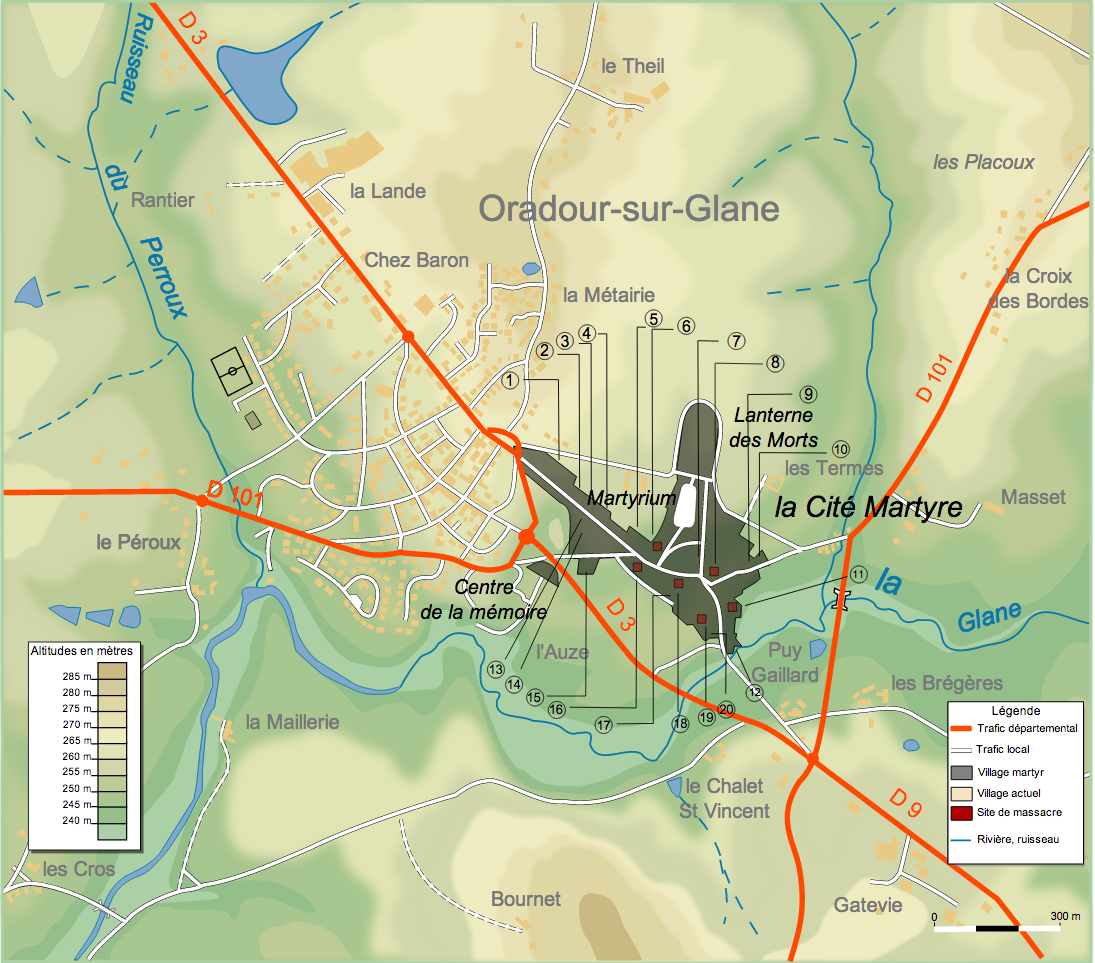
The current village today preserves the Oradour-sur-Glane of 1944, to pay respects to the residents that were brutally murdered by the Nazi troops.
8. Fordlândia, Brazil
Literally in the middle of fucking nowhere, Henry Ford thought it would be a great idea to start an industrial, prefabricated town to further glorify his automobile manufacturing industry.
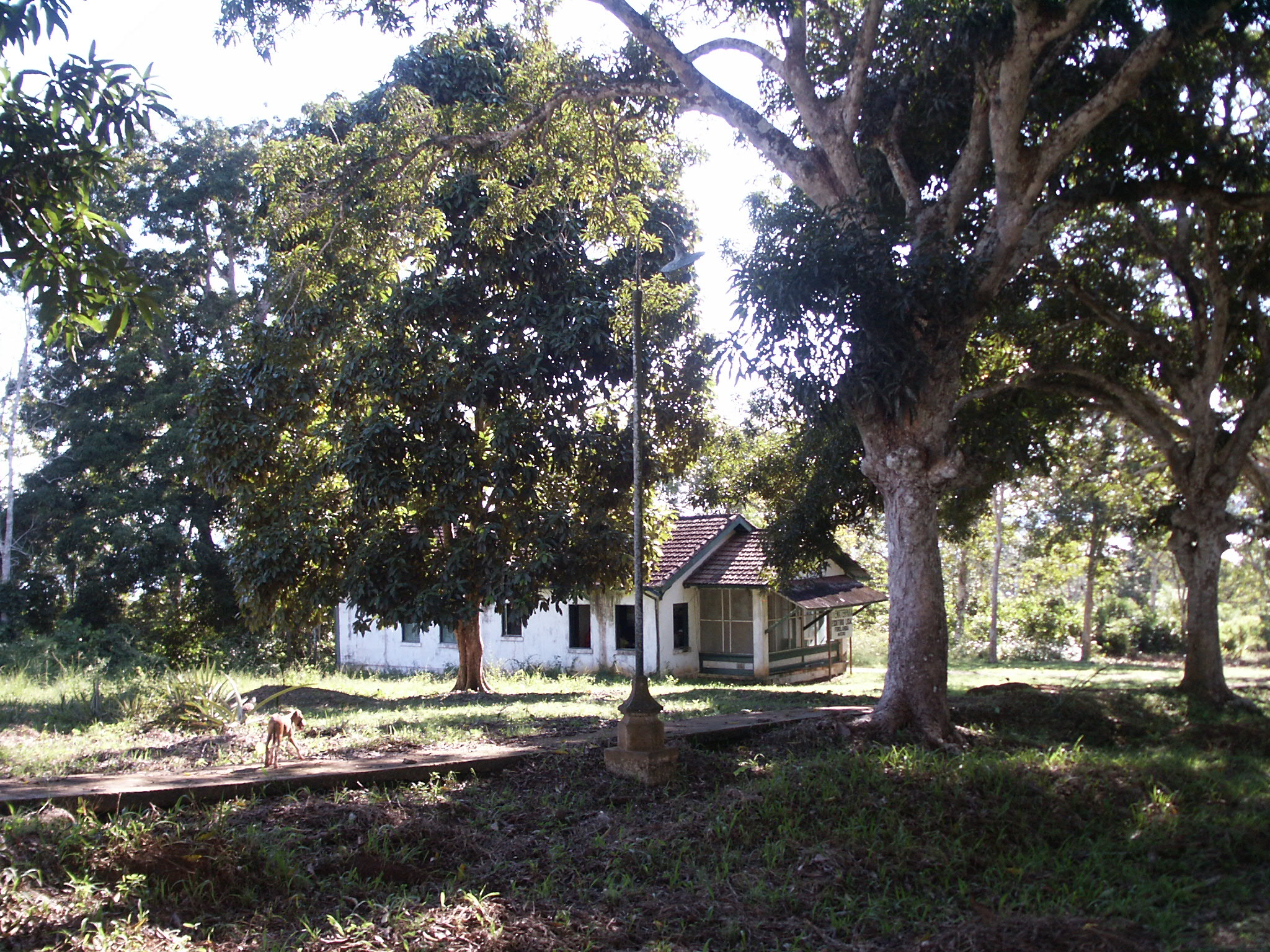
He wanted rubber for his Model-Ts and apparently, he didn’t like the thought of being dependent on the British for rubber.
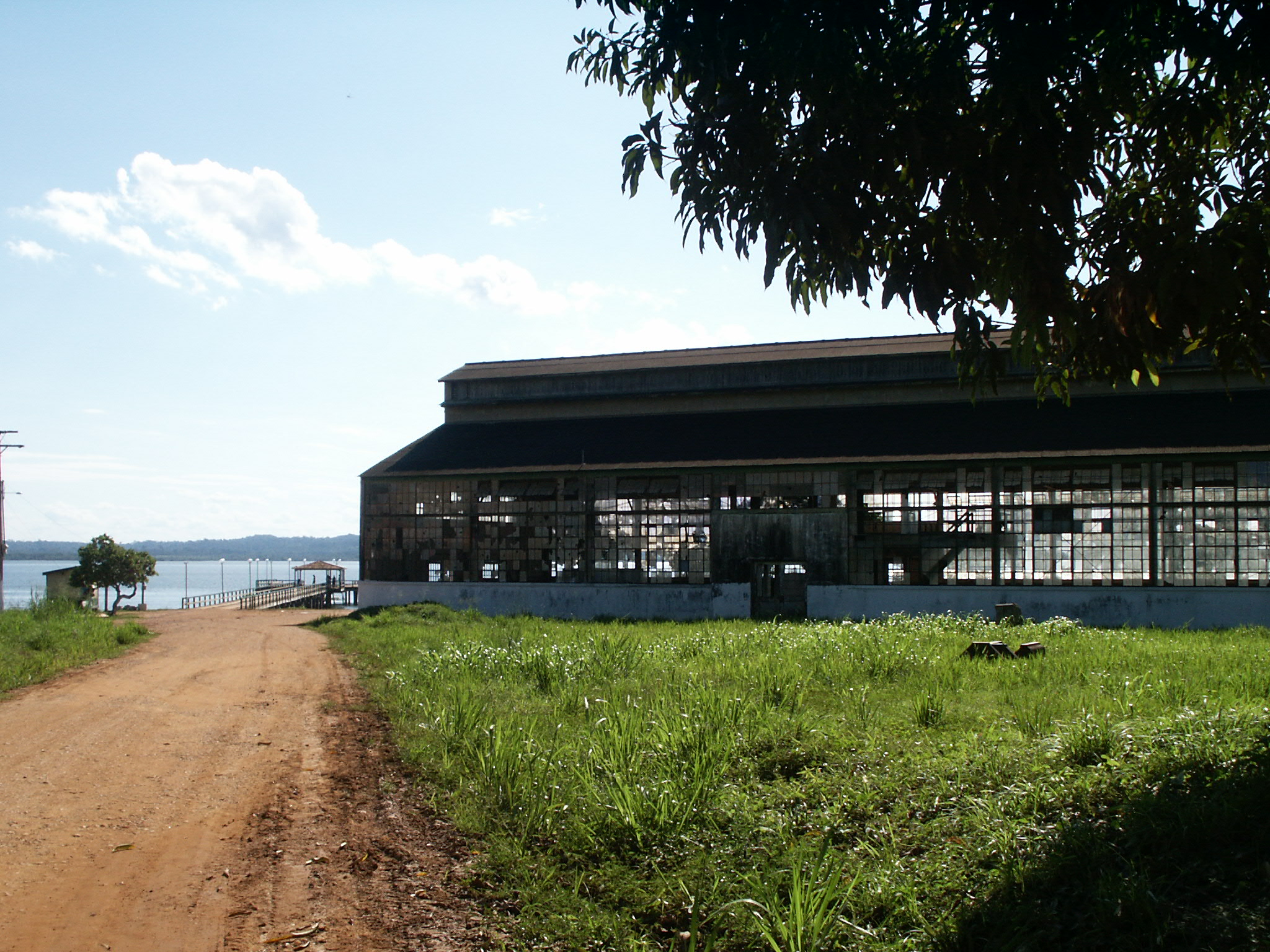
Ford’s men forced the indigenous to live the American way — eating hamburgers, living in American-style housing, ID badges, as well as the Puritanical dream — and more often than not, the natives would refuse and would get a beating. In 1930, a revolt was held by the natives and the managers of Fordlândia fled into the tropical forest until the Brazilian Army made their way into the jungle to quell the uprising.
9. Varosha, Cyprus
Varosha used to be a very popular tourist attraction before 1974.
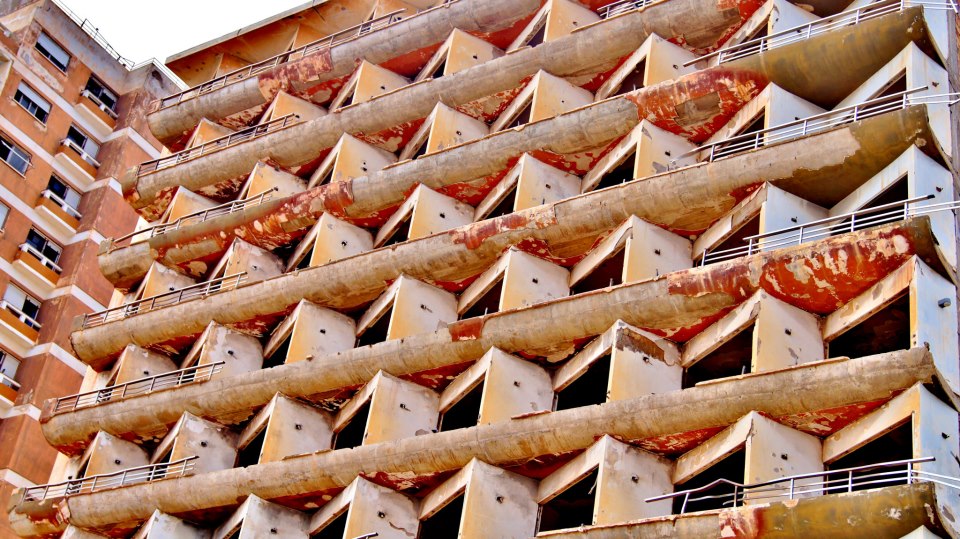
In 1974, the Turkish army invaded, causing the tourists and the inhabitants of Varosha to flee. They fled in fear of becoming massacred by the Turks.
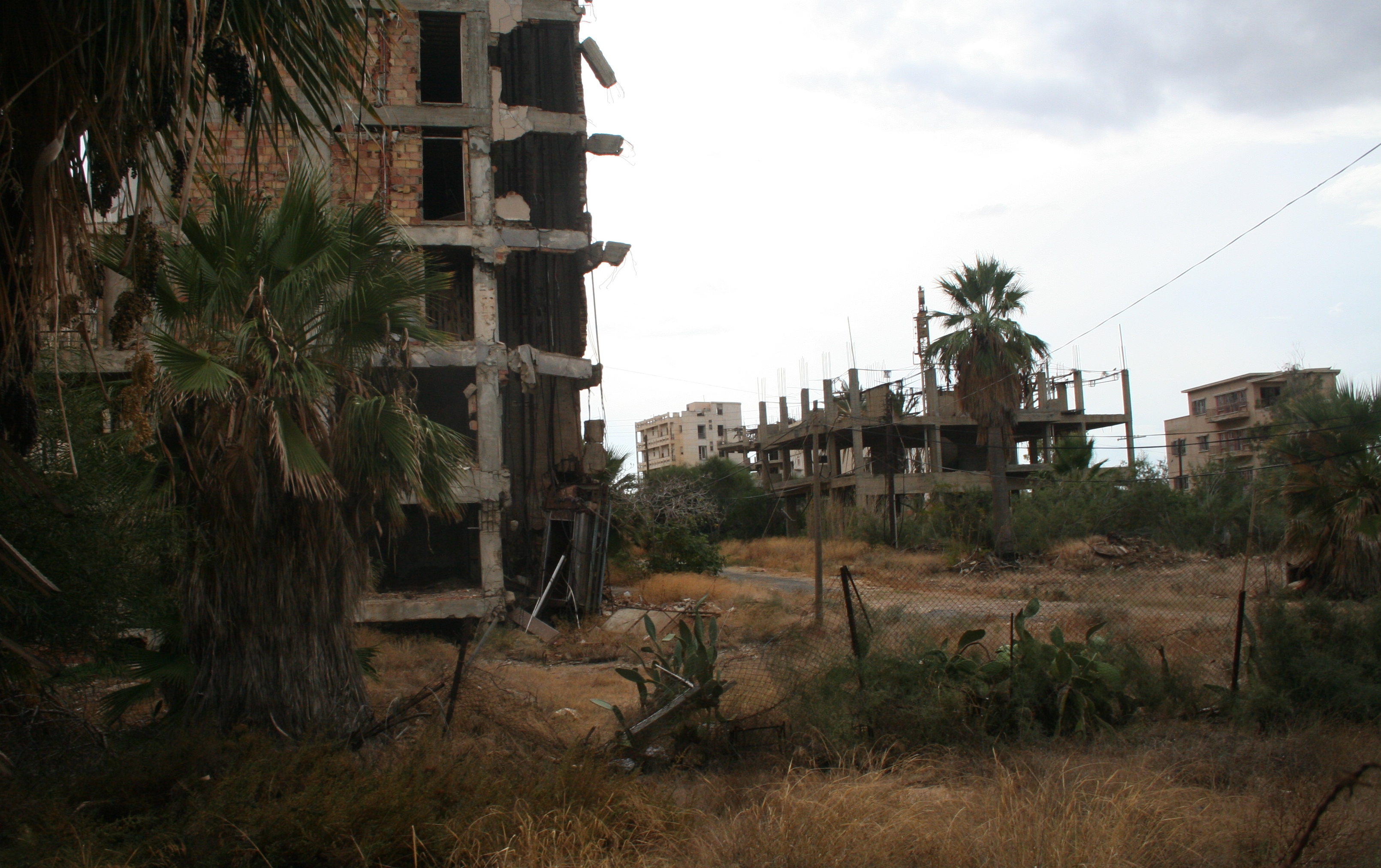
The area has since been fenced off by the Turkish government and has been declared — by the UN Security Council — that “attempts to settle any part of Varosha by people other than its inhabitants is inadmissible.”
10. Quneitra, Syria
Located in southwestern Syria, this destroyed city used to be the capital of the region.
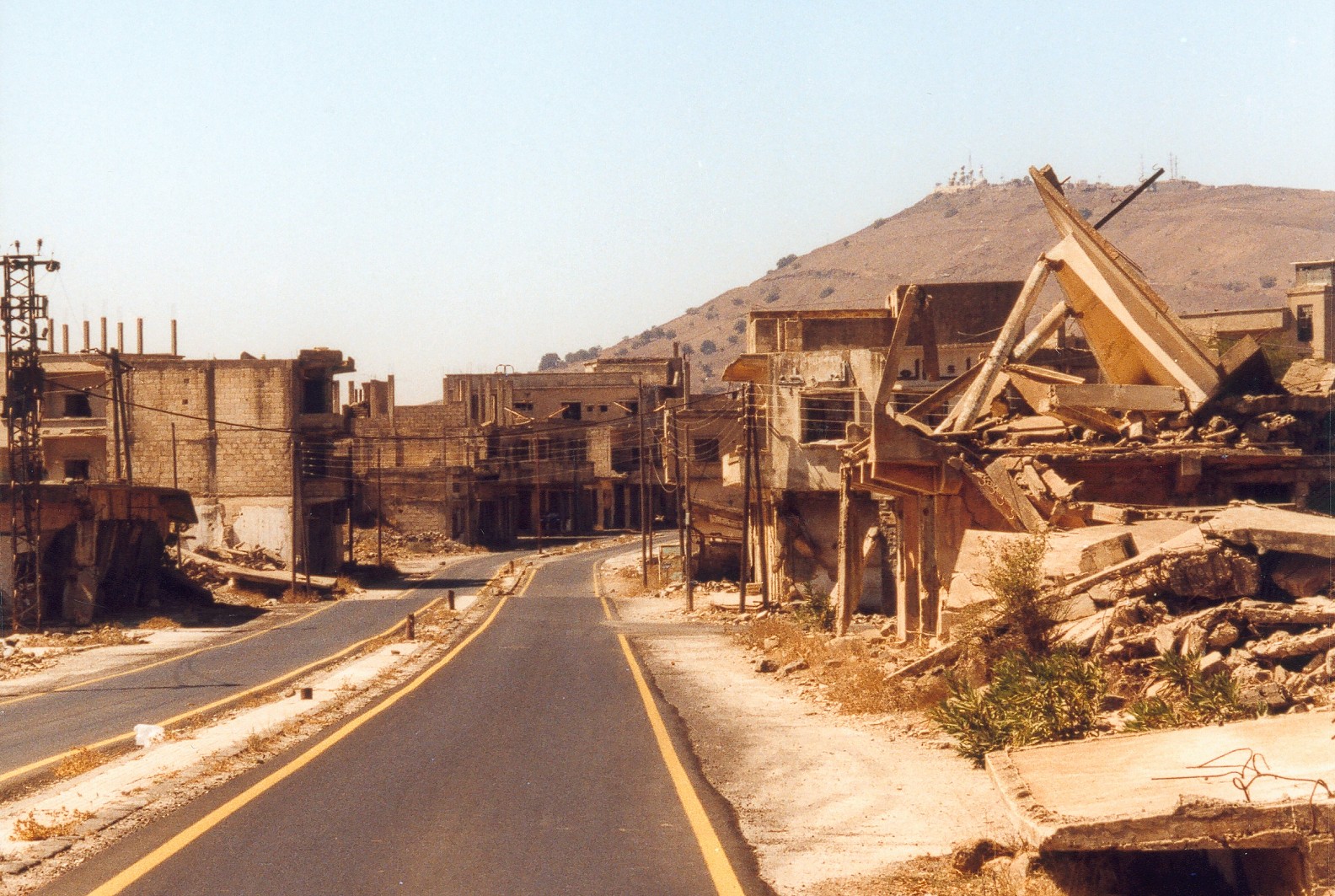
Quneitra was captured by the Israel military forces on June 10, 1967, the last day of the Six-Day War. It was briefly recaptured by the Syrian forces in the 1974 Yom Kippur War, but was quickly taken back by the Israeli counter-offensive.
The city was destroyed in June 1974 as the Israeli forces left Quneitra. The Syrian government to this day actively dissuades resettlement and rebuilding Quneitra.
11. Skarvanes, Faroe Islands
Skarvanes is a deserted village on Sandoy. Its last permanent resident died in 2000, leaving the village for summer settlers.
12. Jussarö, Finland
Jussarö is the only ghost town in Finland.
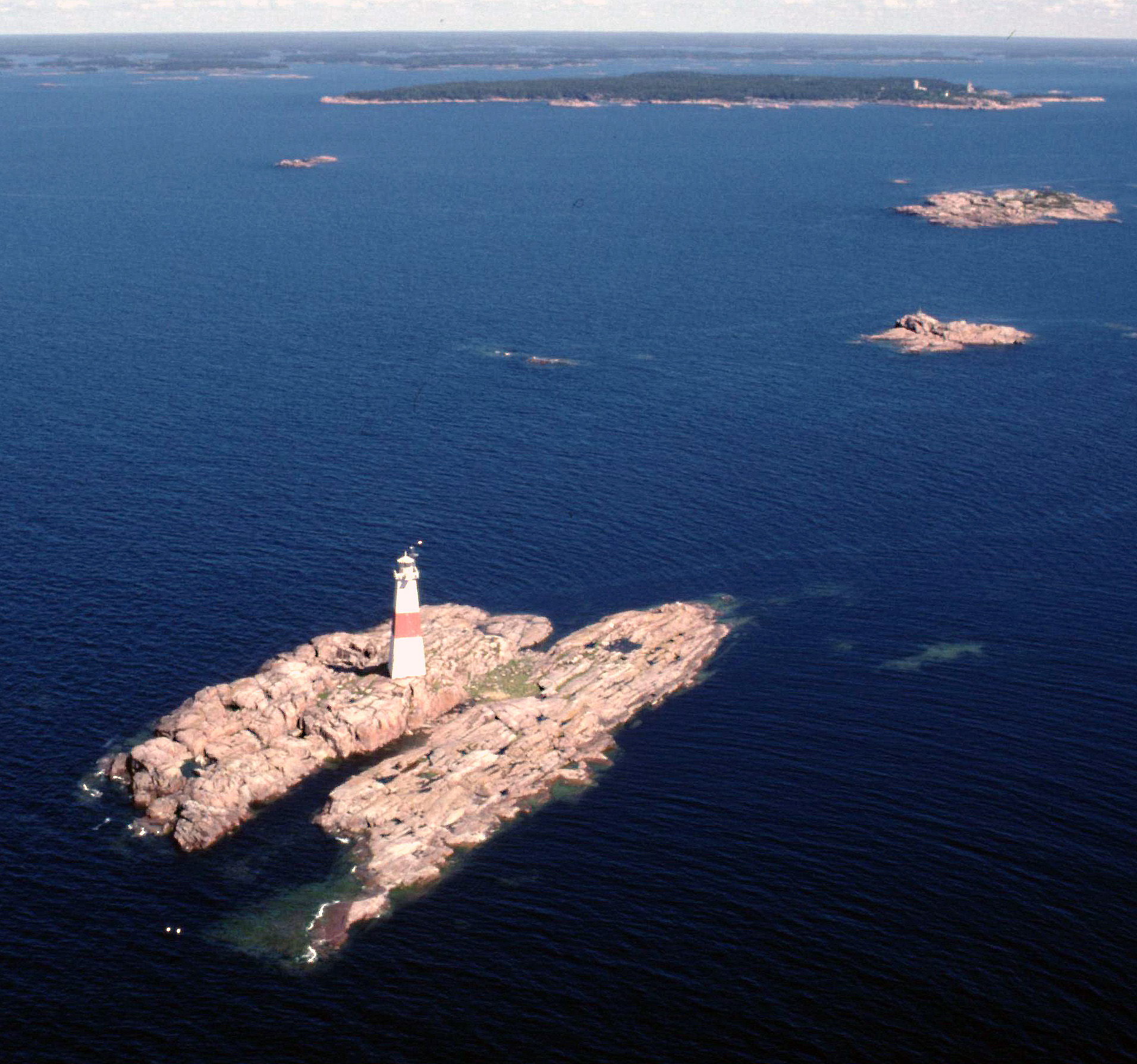
There was an iron ore mine that closed in 1967 — which prisoners worked in until the 19th century.
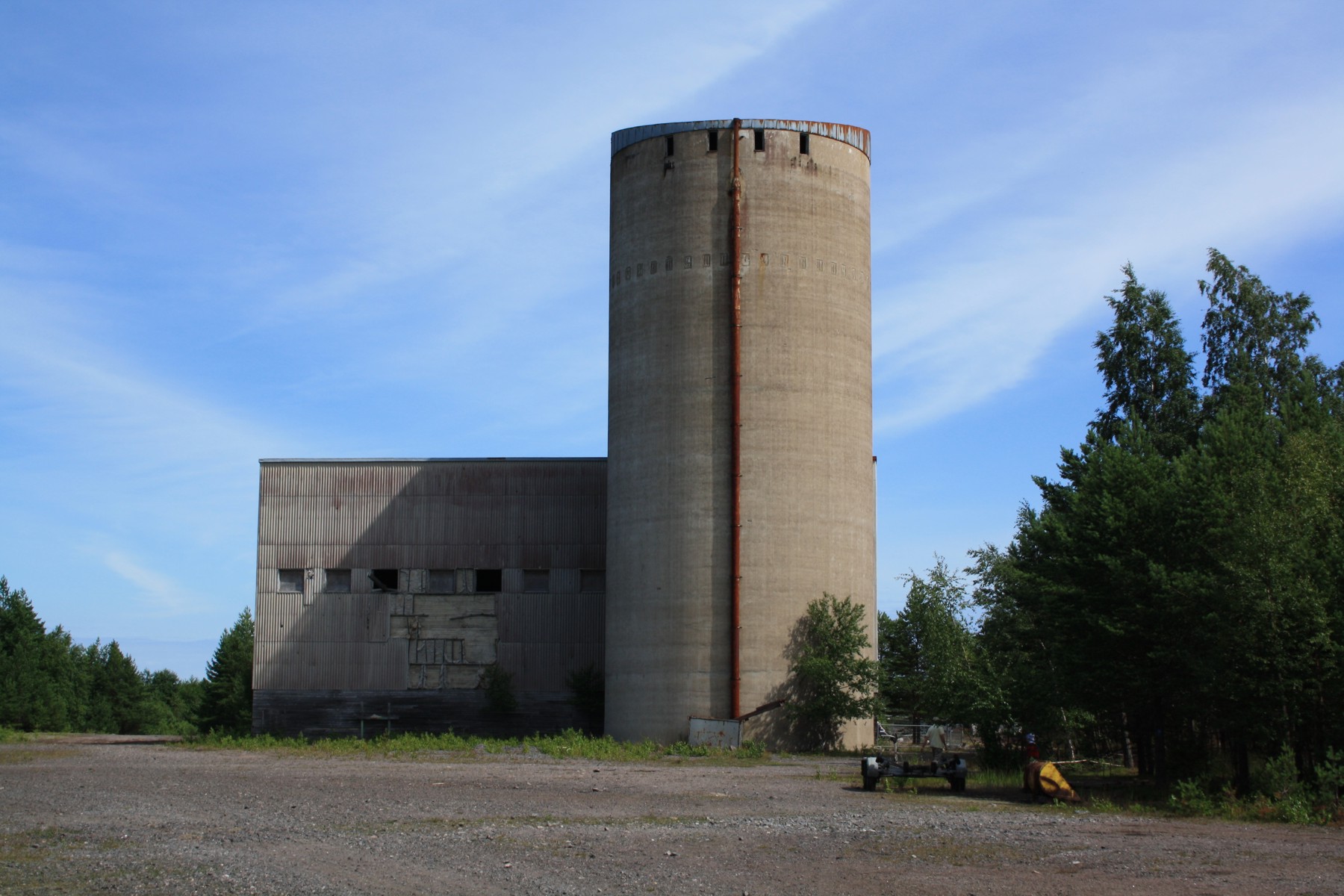
It’s also famous for its lighthouse.
13. Spinalonga, Crete, Greece
Spinalonga used to be a leper colony — the oldest in Europe until it closed in 1957.
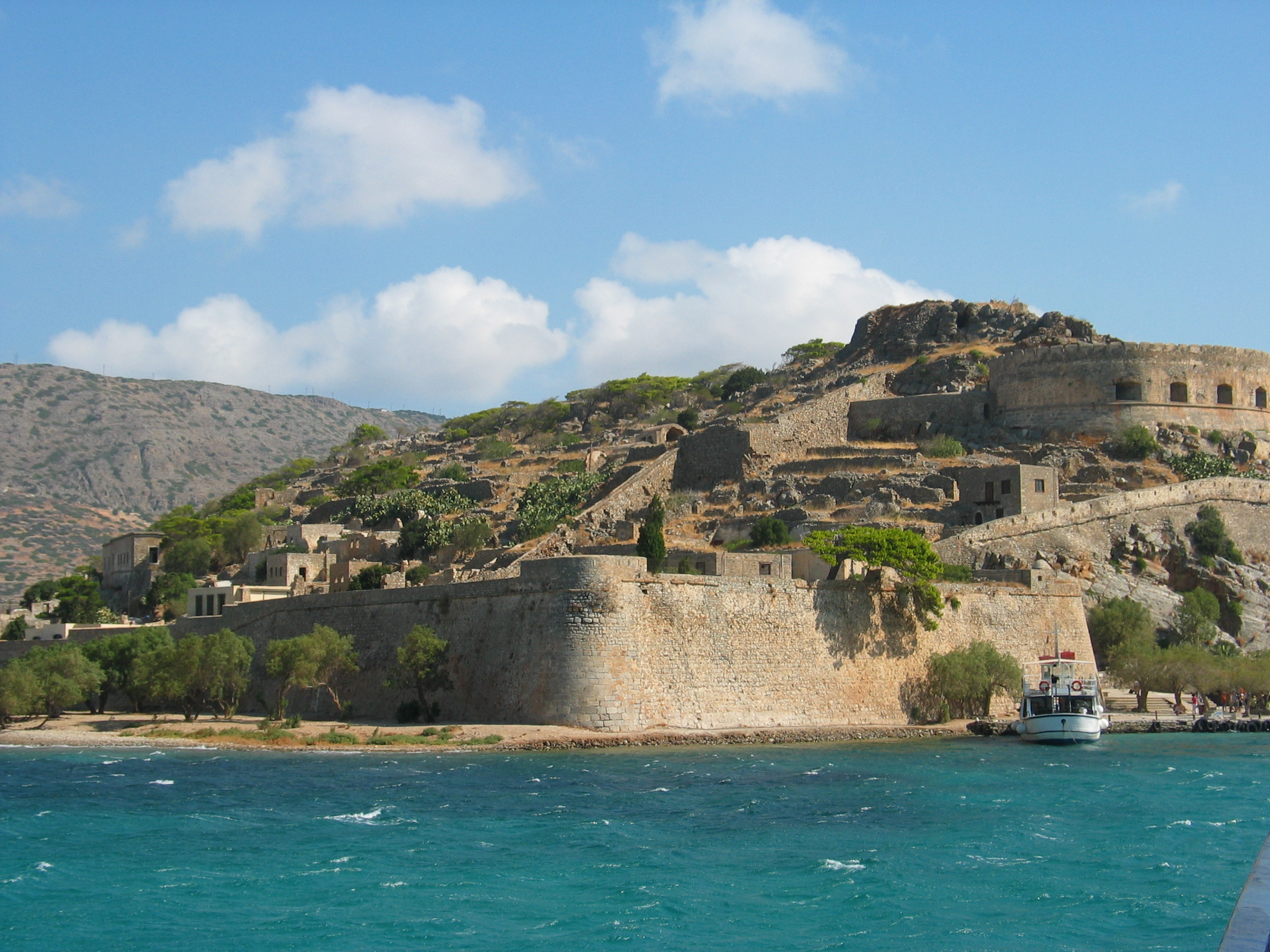
The last inhabitant of Spinalonga was a priest, who left in 1962. Lepers were to have entered the island through “Dante’s Tunnel” partly because they didn’t know what would happen to them, but once in Spinalonga, they were treated fairly well, receiving food, water and even social security from the government.
14. Te Wairoa, New Zealand
On June 10, 1886, Mount Tarawera erupted, killing 120 natives in the area and burying a village.
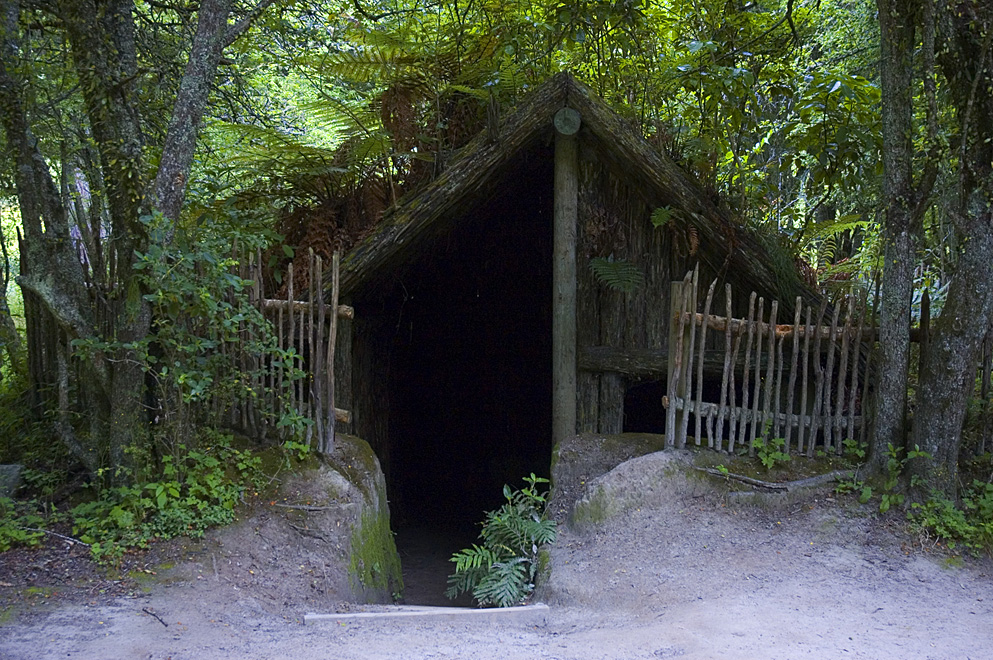
This particular village was destroyed from the eruption, but has since been excavated and is now open to the public.
15. St. Kilda, Scotland
After World War I, the population on this desolate island fell from 73 in 1920 to 37 in 1928.
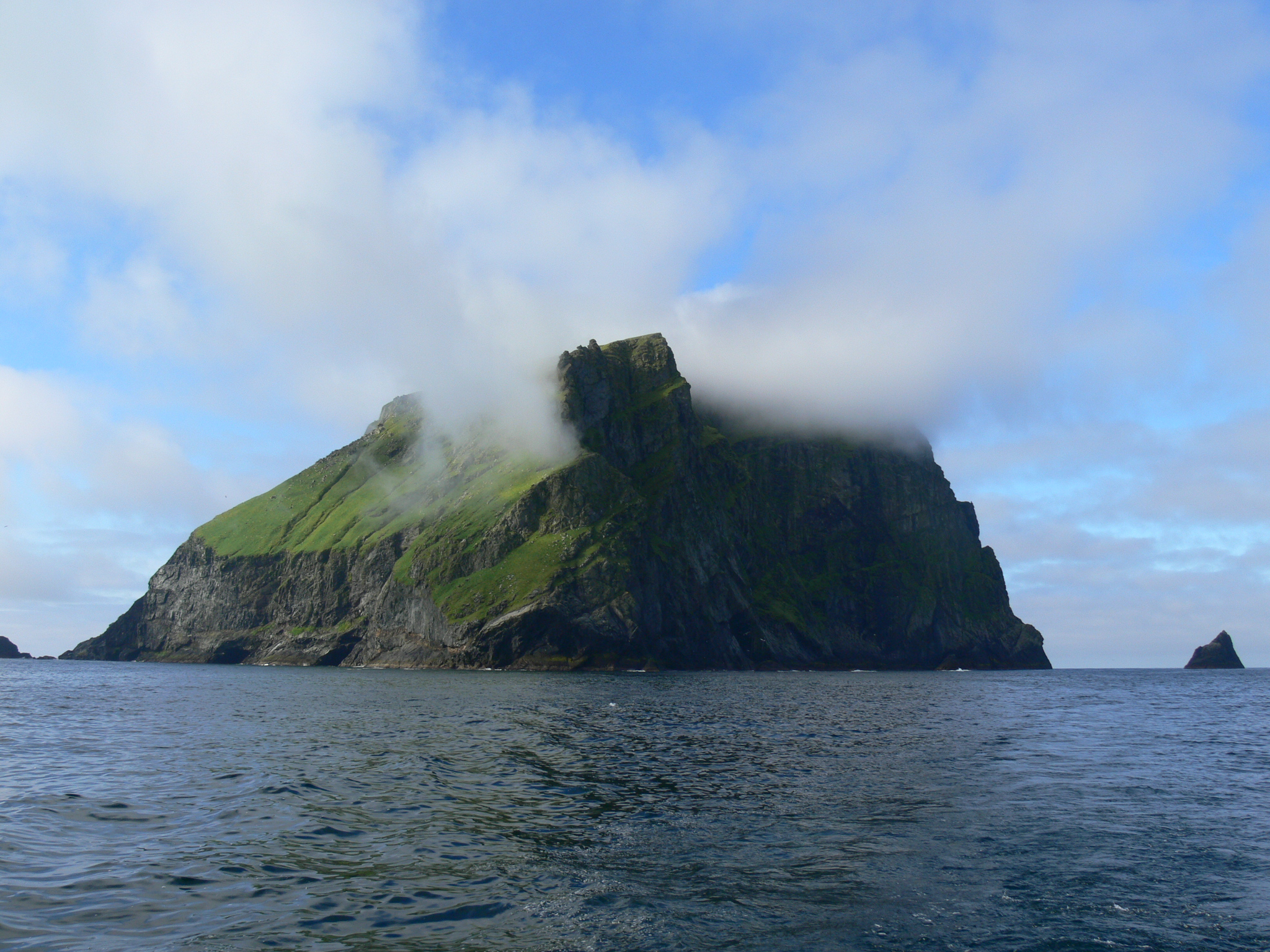
Four men died from influenza in the late 20s and a series of crop failure further plagued the inhabitants on the island.
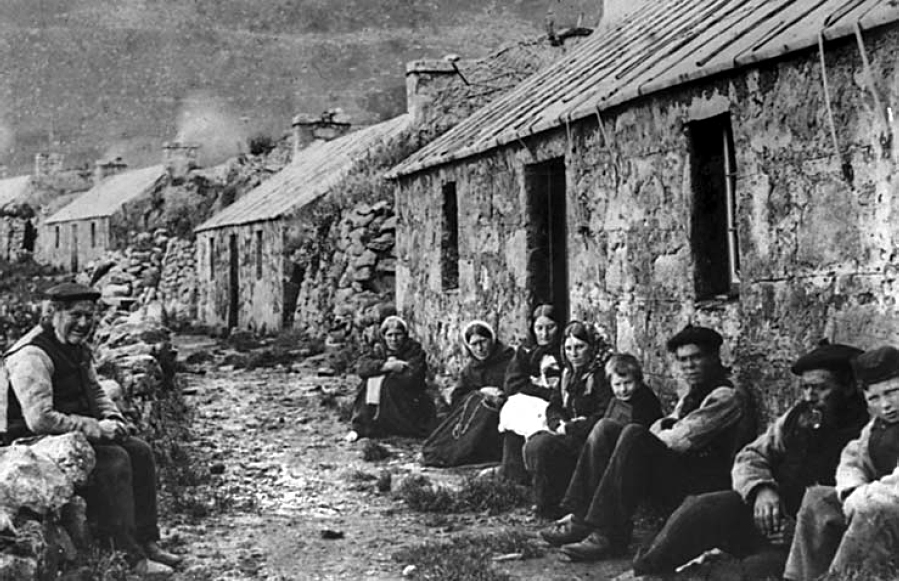
It was on August 29, 1930 that the St Kilans requested to be moved to a different location. They were moved to Morvern, on the Scottish mainland.
16. Civita di Bagnoregio, Province of Viterbo, Italy
This particular town was founded by Etruscans in 500 BC. It is the birthplace of Saint Bonaventure, who died in 1274.
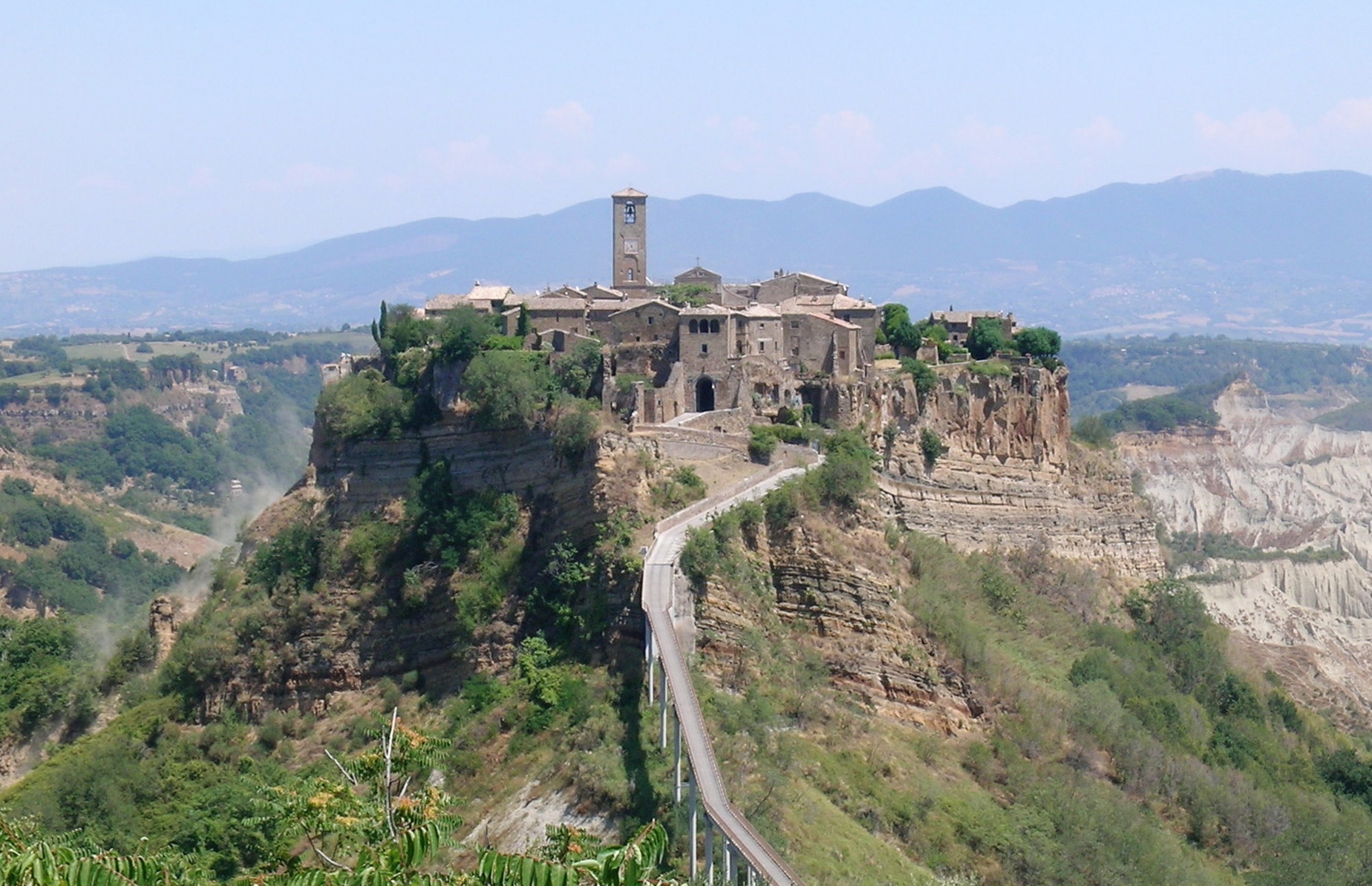
Saint Bonaventure’s childhood home has long since disappeared, falling off the cliff edge from disrepair.
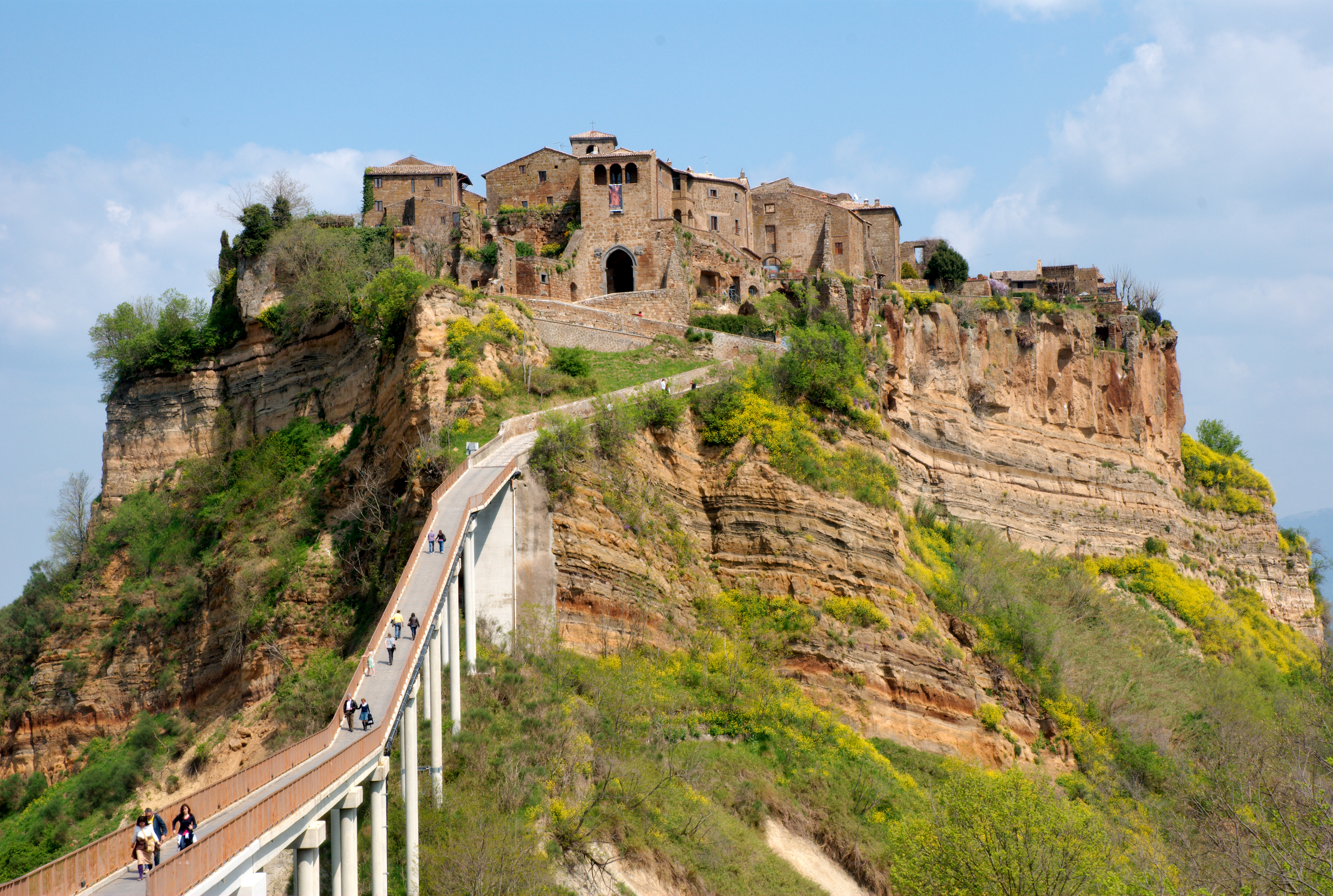
The town is striking in its architecture and location, constructed overlooking the Tiber valley.
17. Phnom Bokor, Kampot Province, Cambodia
Phnom Bokor was constructed by the French to escape the hot, humid and wet Cambodian summer. An estimated 900 people died in the construction of this resort.
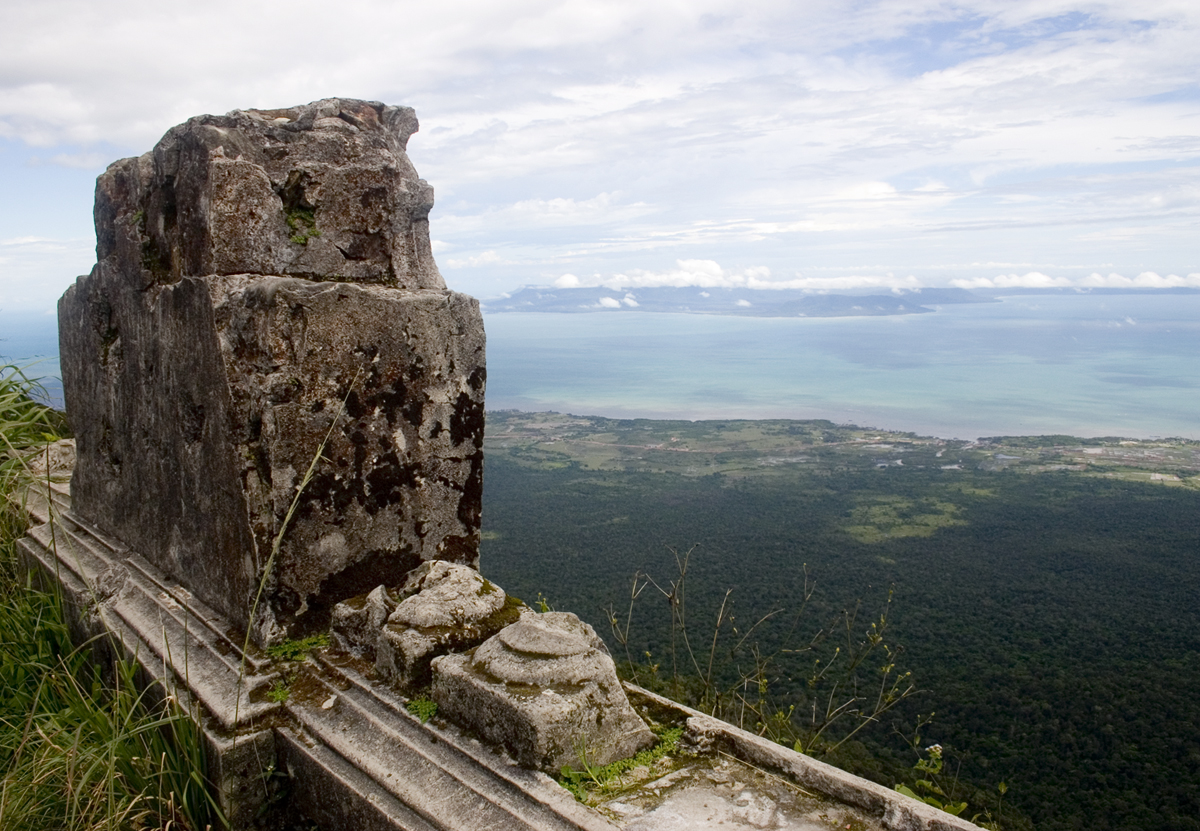
The French abandoned the resort in the 1940s. It is said to have been one of the last strongholds of the Khmer Rouge.
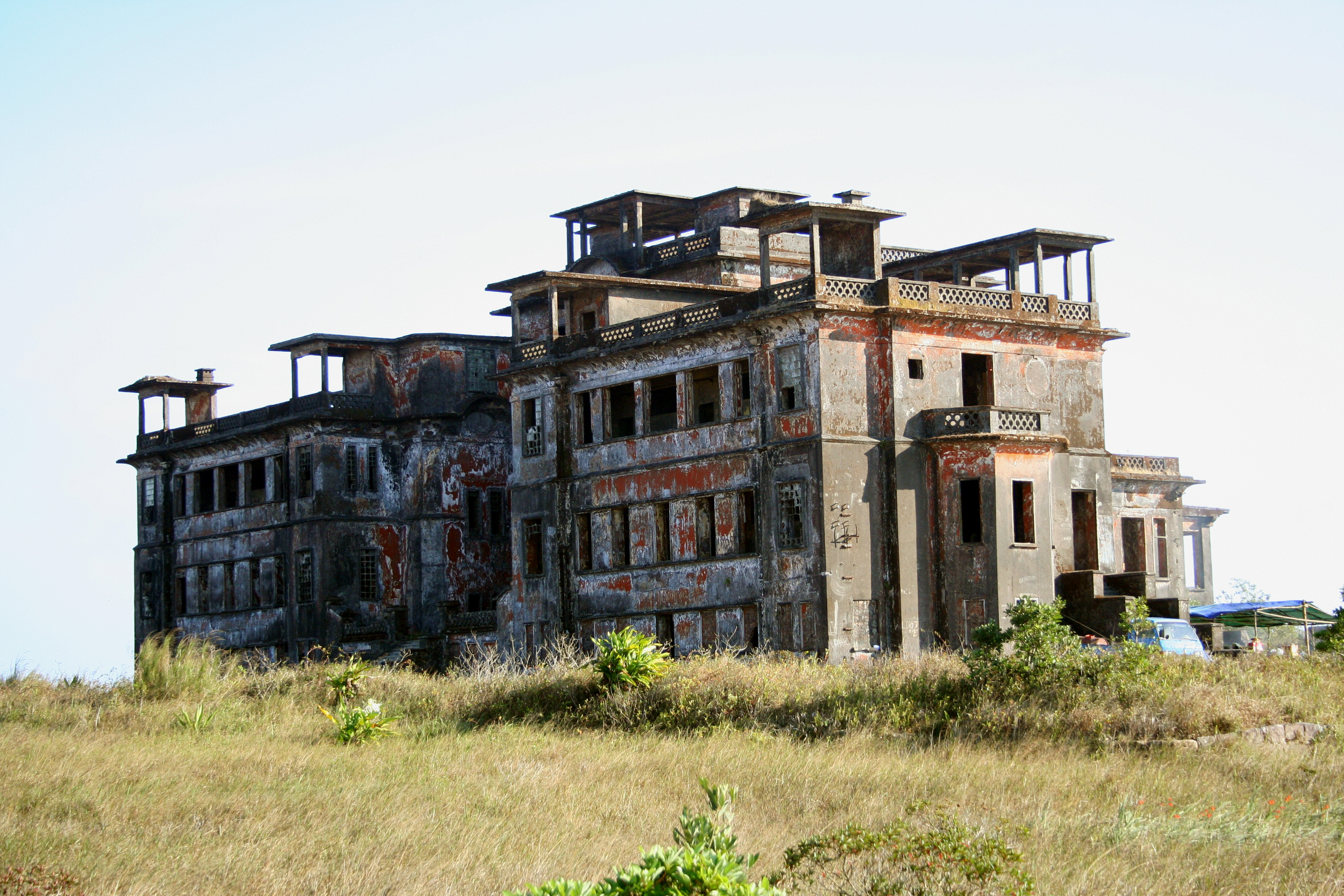
To get to Phnom Bokor, one can only access it via motorbike.
An incredible sight indeed. ![]()

